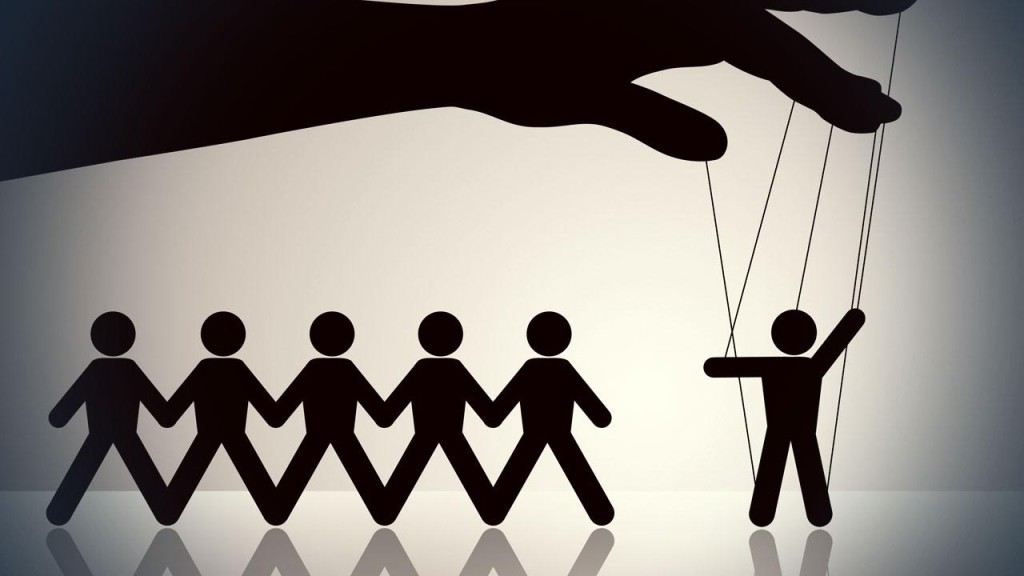Perceived value is the worth that a product or service has in the mind of the consumer. The consumer’s perceived value of a good or service affects the price that he or she is willing to pay for it.
Perception is reality. This was one of the first lessons I learned as a fundraiser 12 years ago. There is nothing technically superior about the VIP area of a nightclub – it is simply sectioned off as “VIP” and therefore people are willing to pay a premium to experience it.
This plays an important role in all aspects of fundraising, and your efforts to engage and solicit potential donors. The events you host, the volunteer opportunities you offer all need to give people the feeling like it is WORTH their time. Intellectually you understand that $20 to an important charity is worth more than a week’s worth of Starbucks coffee, but people experience the value of a hot cup of coffee in their hands very differently than the likely blasé experience they get with making a donation.
 The question we need to ask ourselves, is how can we take giving opportunities and make it as delicious as a hot cup of coffee?
The question we need to ask ourselves, is how can we take giving opportunities and make it as delicious as a hot cup of coffee?


